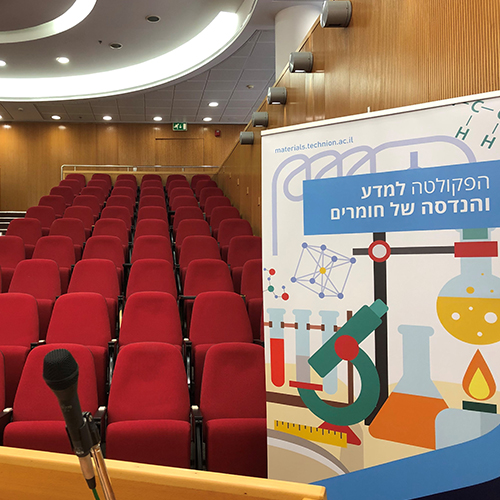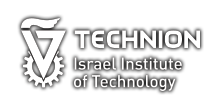
Mr. Noam Moscovich - M.Sc. Candidate
09/02/2025
David Wang Auditorium, 3rd floor Dalia Meidan Bldg.
14:30
Organic electrochemical transistors (OECTs) are versatile devices where the electrical conductivity of an organic semiconductor is modulated by ionic interactions with an electrolyte. Made from Organic Mixed Ionic Electronic Conductors (OMIECs), they enable efficient coupling between ionic and electronic signals. Operating at low voltages, high transconductance, and exceptional sensitivity to various stimuli makes OECTs ideal candidates for bioelectronic applications. While most OECTs are unipolar, ambipolar OECTs, operating as both n-type and p-type, can simplify circuit fabrication and offer sensing of both positive and negative ions. Recently, we demonstrated that ambipolarity can be achieved by blending unipolar p-type and n-type OMIECs, offering tunable performance through blend composition.[1] To attain fully balanced ambipolar OECTs, we propose that microstructure, in addition to composition, can be leveraged. We test this hypothesis by blending a p-type OMIEC polymer with two n-type small molecule OMIECs. By controlling blend composition and thermal processing, we tune the microstructure to achieve balanced ambipolarity with near-equal n-type and p-type performances. Through coupling comprehensive electrochemical analysis with microstructural characterization, we underscore the pivotal role of microstructure in OECT performance, reveal synergistic effects, and draw design rules for fully balanced ambipolar OECTs.
[1] Stein, E. et al. Ambipolar blend-based organic electrochemical transistors and inverters. Nat. Commun. 13, 5548 (2022).


